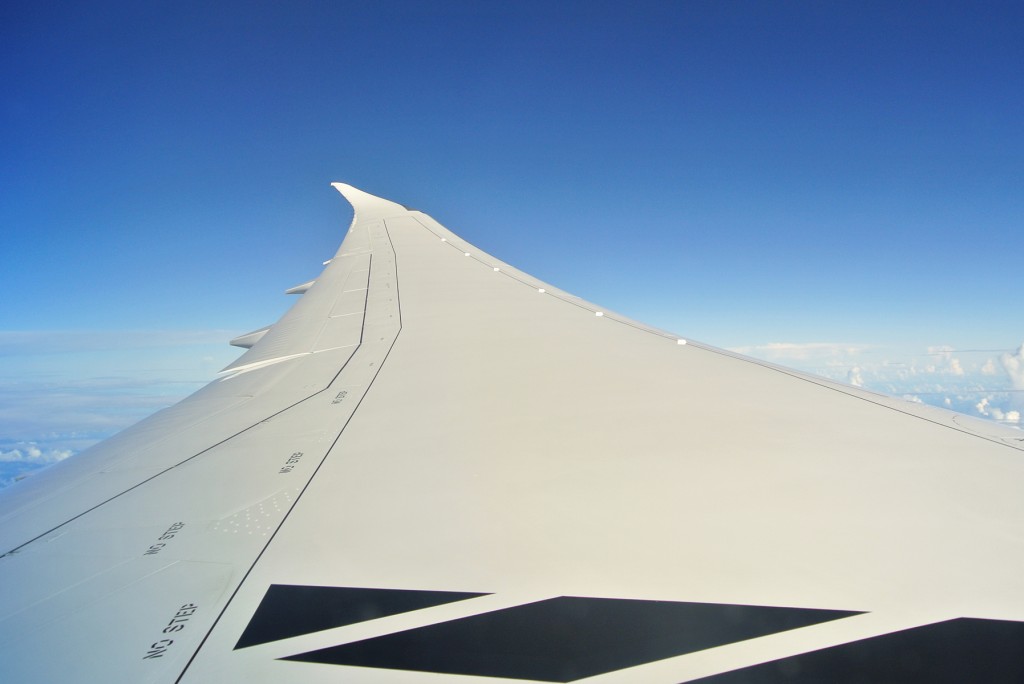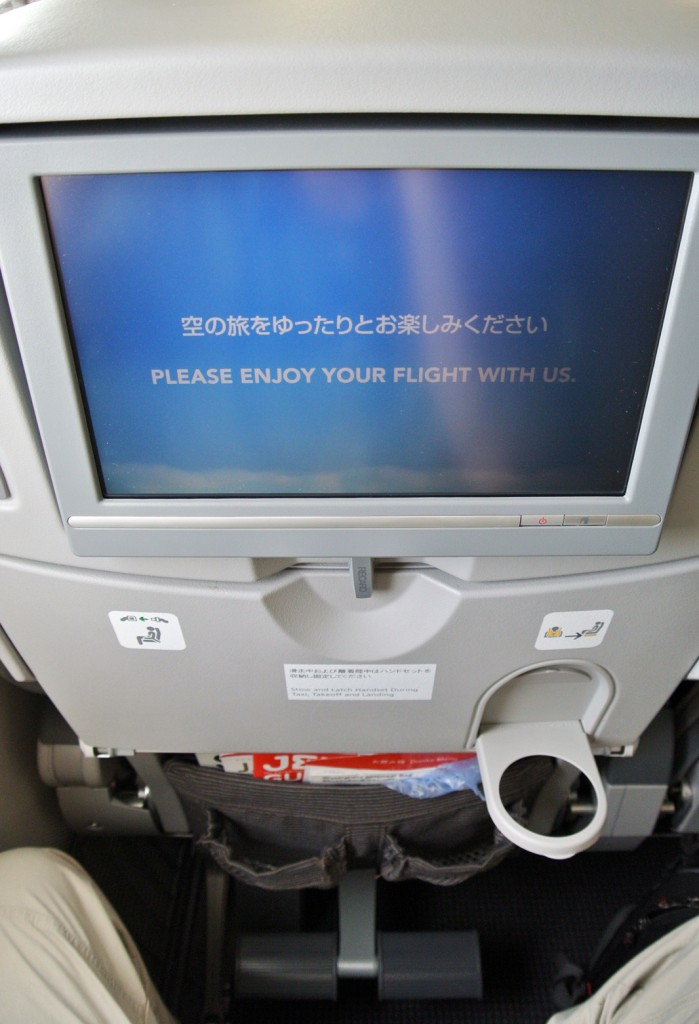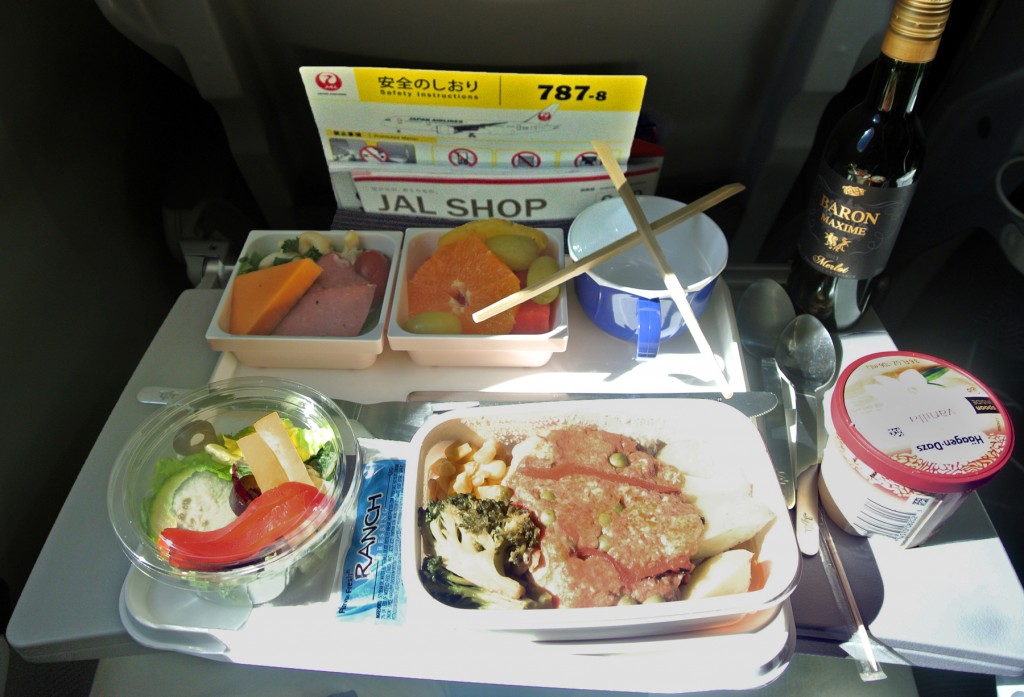An Afternoon in “Maximum City”
STORY AND PHOTOGRAPHS BY PATRICK SMITH

FLYING FROM EUROPE TO INDIA, we pass overhead Odessa, Ukraine. Odessa, they say, is home to the most beautiful women in the world. Then across the Black Sea to Azerbaijan and the gorgeous barren landscapes of Georgia. Next comes the ink-dark Caspian, and then the long desolate outback of northwestern Iran. The controllers down in Tehran are courteous and professional, their English impeccable — easier to understand than most Irish or Scottish controllers.
From there it’s directly overhead the apocalypse of Karachi, followed by a turn southbound, out across the Arabian Sea towards Mumbai.
It’s true about the smell. At ten-thousand feet or so, descending over the city, already you can make out the rank bouquet of urban India: a soupy waft that tastes of putrefaction and exhaust fumes. As if, somewhere below, the world’s largest garbage dump has been set on fire. It’s a smell that burrows into your clothes and your hair and right through the concrete bunker walls of your five-star hotel.
Twenty-four hours downtime.
The concierge hooks me up with young driver named Faiyaz — a most conscientious and law-abiding wheelman with a silver Toyota and remarkably handsome teeth. A hundred US dollars for the day, his services will cost, gas and sporadic commentary included.
It’s monsoon season, and we set out under a nervous, curdled sky. The air has a smell of rotten expectation — like a sink full of dirty dishes.
Maximum City, as Suketu Mehta dubbed it. And I never thought I’d see a metropolis with traffic worse than, say, Cairo or Bangkok. But at least the chaos of Cairo stays more or less in motion. Mumbai’s traffic never has the chance to become chaotic. Every road, highway, backstreet and boulevard exists in a permanent state of gridlock. And all of it four-wheeled and motorized. One misses the cows and three-wheel autorickshaws that jostle for space in other Indian cities. If nothing else, for the Westerner they make for a more curious view — a form of entertainment when you’re cemented into a non-moving column for 45 minutes.
The ten-mile drive to downtown takes almost two hours. Averaged out, that’s a little faster than walking. It’s a long, if morbidly engrossing trip through the city’s most frenetic northern suburbs.
Mumbai isn’t unlike most big cities, I reckon — provided you took that city, layered it under several inches of solid and semi-solid waste, then ran it through a blender. That’s a cheap and nasty description, but looking upon Mumbai is, for me, a pained gaze through layer upon layer of chaos — a noisy, smelly, kaleidoscopic battle between machinery, concrete, garbage and flesh.

From the car I catch sight of a tiny kitten, skinnier than a sparrow, moving nervously along the roadside gutter with a rat hanging limply from its fangs. The miniature, mud-spattered feline is boxed in by an endless stream of vehicles, and is simultaneously being bullied by an impetuous gang of hooded crows. A half dozen of the lead-colored birds are jabbing at the kitten with their deadly black noses.
How does this battle conclude? Who knows. Faiyaz hits the gas and we’re gone, onward to the next little nightmare.
Looking skyward, the air above, I notice, is no less a conglomeration of noise and form, swollen with sooty rain and noisily aflutter with creatures. It’s the crows who dominate, their ranks swollen by a surplus of streetside carrion. There are pigeons too; hawks; the occasional green parrot and a huge, day-flying bat with a wingspan as wide as a seagull.
Finally reaching downtown, Faiyaz navigates down a leafy street to the Mani Bhavan Gandhi Sangrahalaya — longtime residence of the country’s most beloved and well-known historical figure. I take in the history of the great scrawny Mahatma as presented through photographs, artifacts (yes, a spinning wheel), and an oddly engaging series of dollhouse-style dioramas.

It’s a self-guided tour, and I’m shadowed at each turn by a family of four, chattering away in Arabic. Their regalia, I can’t help noticing, is in the familiar jeans-and-sportscar style of the upwardly mobile Arab: The man is about 35, stocky and fit, with a pair of expensive sunglasses retracted atop his military-style haircut. He’s wearing dark navy Levis, a leather belt and cell phone holster, and a FERRARI polo shirt. His young son, around 8 or 9, is wearing a FERRARI polo and a FERRARI ball cap. Three paces behind trundles the man’s wife, covered top-to-bottom in a Gulf-style abaya. A miniature daughter in a purple skirt and a plastic princess crown clutches the woman’s hand, chirping along in tow.
Next is Chhatrapati Shivaji Terminus, formerly Victoria Terminus, the prickly, Gothic Revival wedding cake of a railway station and UNESCO World Heritage Site. The station has a prominent cameo in 2008’s “Slumdog Millionaire.”

And on November 26th that same year, you might recall, two men spent the better part of an hour inside Shivaji firing AK-47s and hurling grenades at commuters, killing 58 of them.
Eight of the attackers’ colleagues had meanwhile scattered elsewhere around South Mumbai and were having a similar night out, shooting and blowing things up at the Oberoi Trident Hotel, the Cama Hospital (for women and children), the Leopold Cafe, a Jewish community center, and, most infamously, at the British Empire’s most luxurious home-away-from-home, the Taj Mahal Palace Hotel. All together 167 people were murdered in the attacks, and nine of the ten terrorists were shot by police.
Today the reopened Taj, like many big-city hotels, is at least nominally protected by airport-style metal detectors and x-ray belts. I’m not sure what good this does. Inside, there’s no trace of the 60-hour siege that caused $40 million in damages. It’s all rich wood and rich upholstery and rich-looking men bent in hushed, important-sounding conversations. (I’d hardly turn down a night’s stay in the place, but as a tourist destination I prefer the actual Taj Mahal, several hundred miles to the north, in the pandemonium sprawl of Agra.)

Across the street from the Taj sits the Gateway of India, a 90-foot basalt archway and promenade poised at the harbor’s edge. It was here that the Mumbai gunmen had boated ashore from Pakistan, and where, after so much time in the car, I’m eager to go for a stroll.
The problem is parking.
Fiayaz suggests that we use a complimentary space offered by a carpet emporium — a place called All Asian Imports. The catch being that I’ll initially have to go into the store and pretend to be shopping, at least for a minute or two. Then I’ll be free to take my walk along the waterfront. Faiyaz will wait in the car.
This seems a reasonable, if entirely facetious plan, but as I’m pushing through the heavy glass doors I can’t help feeling conspicuous and a bit embarrassed. This just ain’t my kind of place. I’ve bought rugs in foreign countries before — the gouged-up floors of my apartment are concealed by curio-quality kilims from Morocco and Egypt — but the emporium’s nearly conjoined proximity with one of the world’s most exclusive hotels, not to mention its showroom chandelier, ample air conditioning and smartly dressed salespeople, say one thing clearly: there is nothing in here that I can afford.
I’m thinking fast in, fast out, until I’m grabbed hostage by a salesman with brightly polished shoes and a furry black monobrow. I might be an obvious impostor, in my New Balance sneakers and a sweat-stained t-shirt, but for the next half-hour I am in given a theatrical dissertation in the finer points of oriental carpet appraisal. I can’t get a word in edgewise. All escape is blocked.
Of all the things that might possibly happen in this store, my taking out a credit card and purchasing a carpet is beyond the realm of possibility. I’m afraid to let him know that, however. It would be impolite, even a touch hostile, not to feign interest.
So I nod and crinkle my forehead as Monobrow speaks. Nod and crinkle, nod and crinkle, nod and crinkle — the globally recognized expression of “yes, fascinating, tell me more,” as I slowly suffocate from the sheer boredom of it all.
Carpets are everywhere, stacked like logs. Monobrow snaps his finger and an assistant pulls a cylinder from the rack, unfurling it with a crackle. He shows me cotton-on-cotton, silk-on-cotton, then quizzes me on the differences. He rolls out a factory-made Chinese synthetic, laying it next to a sumptuous $5,000 Kashmiri example (something-on-something, with alkaline, or maybe it was non-alkiline dyes). Can I spot the differences?
Maybe. Sort of.
Next example. Then another and another and another. Soon there are several inches of rugs on the floor, slabbed atop each other like sheets of multicolored plywood. Somebody, it strikes me, has to roll them all back up again. Do I look like a wealthy customer, I’m wondering, skeptically. Or is he on to our parking scam and screwing with me, just to keep me from my promenade stroll?
At one point I bend down like a baseball catcher and pinch the fringy corners of several of the offerings, running the material briefly through my fingers in what I imagine to be the gesture a serious carpet-buyer might make.
Did I give myself away?
“Thread count!” Monobrow booms, as if an entire audience had gathered in the room, “is how a fool judges a carpet.” Is that what I was doing in my crouch, counting threads-per-centimeter?
Ditto, I’m informed, about the intricacy of the pattern (which would have been my second guess). No, a rug’s real value comes from the qualities of three and only three things: “Material, dyes, and workmanship.”
He pauses after each of these words, as if it were a quiz and I might fill in the blanks instead of just staring at him.
I cast a glance sideways, through tinted windows and out to the Gateway, where I’m supposed to be enjoying the rest of my afternoon. I curse Faiyaz, who, in case it isn’t obvious by now, has trapped me in here by design, hoping for a commission. The weather, I notice, is looking more ominous than ever.
And it dawns on me that the experience of travel, like the experience of life in general, is made up of too many scenes exactly like this one. That is, long stretches of boredom and squandered time, from which one yearns to escape, only to find his egress obstructed by an instrument of commercial tedium. Like those papyrus store “convenience stops” on the way to Giza or those places near Siem Reap with the rows and rows of buddhas. In this case it’s a long-winded lecture from a carpet merchant.
My means of escape, though, turns out to be simple enough.
“This one is extremely nice,” I say to Monobrow, pointing to whichever rug he happened to have unfurled below me at the moment. “But before we talk about price, my wife will need to see it.”
“Your wife? Of course. Where is she?”
“Across the street, at the Gateway. Let me go and find her and bring her over.”
Suddenly I’m hit by an old, old memory. The first time I ever bought a carpet in a foreign country — or maybe in any country. It was in Kusadasi, Turkey, near the ruins of Ephesus, in 1992. Kirsten, maybe, still has that little rug somewhere. This was before they lopped off all those zeroes from the Turkish lire, and I remember on my credit card statement how the numbers went right off the end of the page.
Monobrow is suspicious, I can tell, as he ought to be. But my excuse is wonderfully bulletproof. “As you wish,” he says.
“She will love the alkaline, non-alkaline cotton-silk non-Chinese dyes of this carpet.”
And with that I’m finally out of there.
As the door closes behind me I feel dirty, guilty, all eyes upon me, like a man slinking out of a whorehouse. I had no business being in there. I’m a kid from Revere, Massachusetts who went to community college. I don’t spend thousands of dollars on deluxe imported carpets, and I don’t feel comfortable in high-end boutiques that smell like jasmine and where the salesmen sip tea out of fancy china.
Again the alienation and failure of travel — the disappointment of finding yourself somewhere different, but not where you hoped to be.
The Gateway looks a lot like the Arc de Triomphe and its cousins in Washington Square and Brussels and everywhere else. Except that it’s grander and prettier, with its 16th-century Gujarat styling — at once European and Eastern, Victorian and Mughal.
There’s the crack of thunder. The sky looks like the bottom of a car, rusted and scabbed and ready to wreak havoc on everything beneath it. When the downpour comes the filthy gutters will turn to a brown, clotted stew.
I take my stroll, along past the Taj and to the back side of the Gateway, dark waves lapping at the seawall, occasional raindrops hitting me in the shoulder. I imagine the Mumbai attackers sloshing ashore here, clambering onto the street in their Adidas sneakers and cargo pants, weapons concealed in their satchels and backpacks. All the way from Pakistan they sailed. Travel of another kind.

This story originally appeared in the magazine SALON.





















